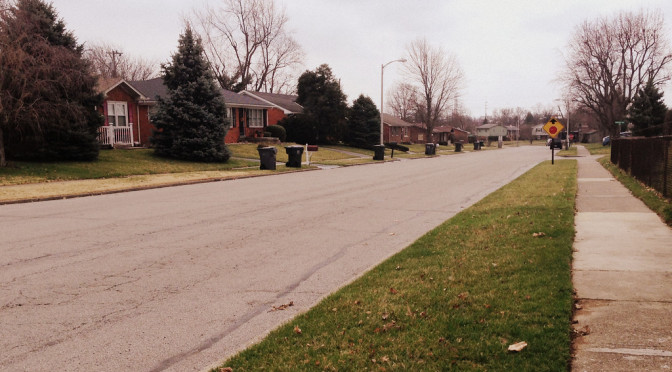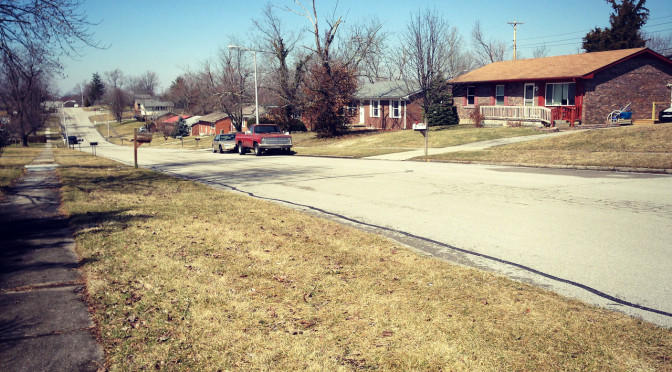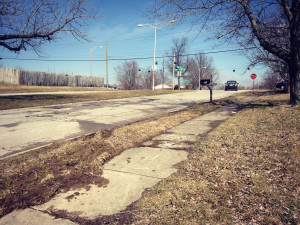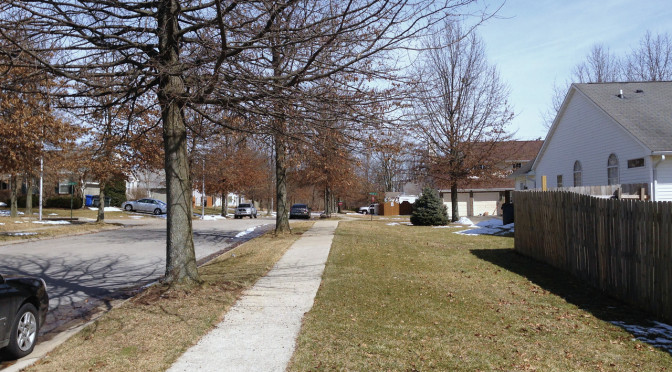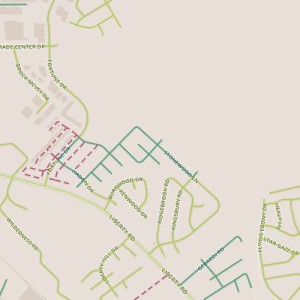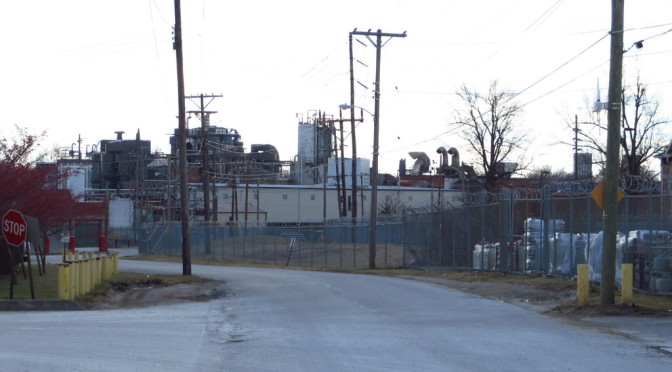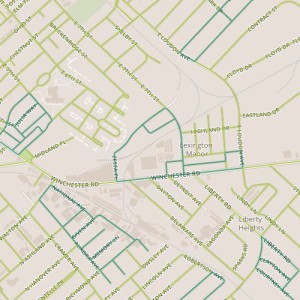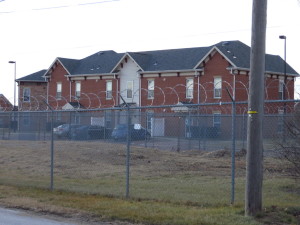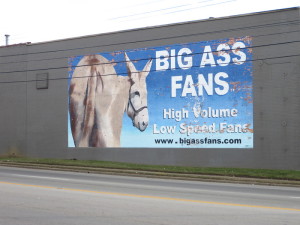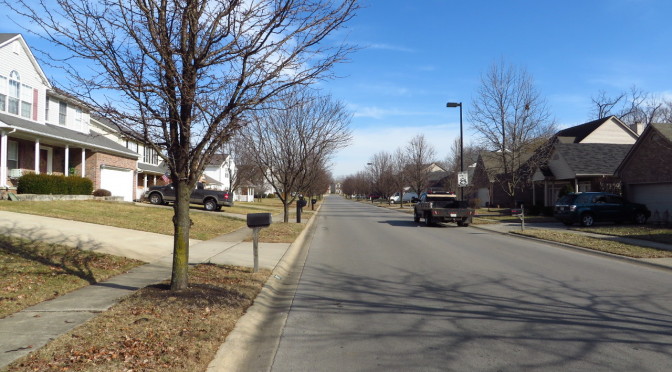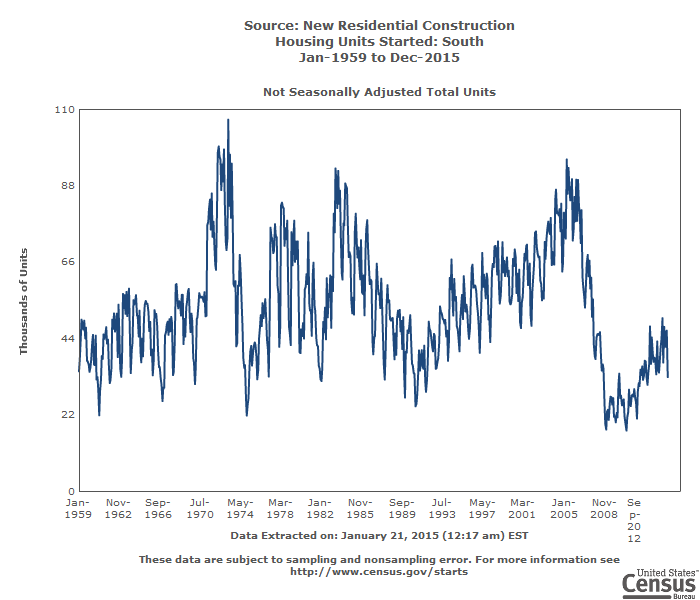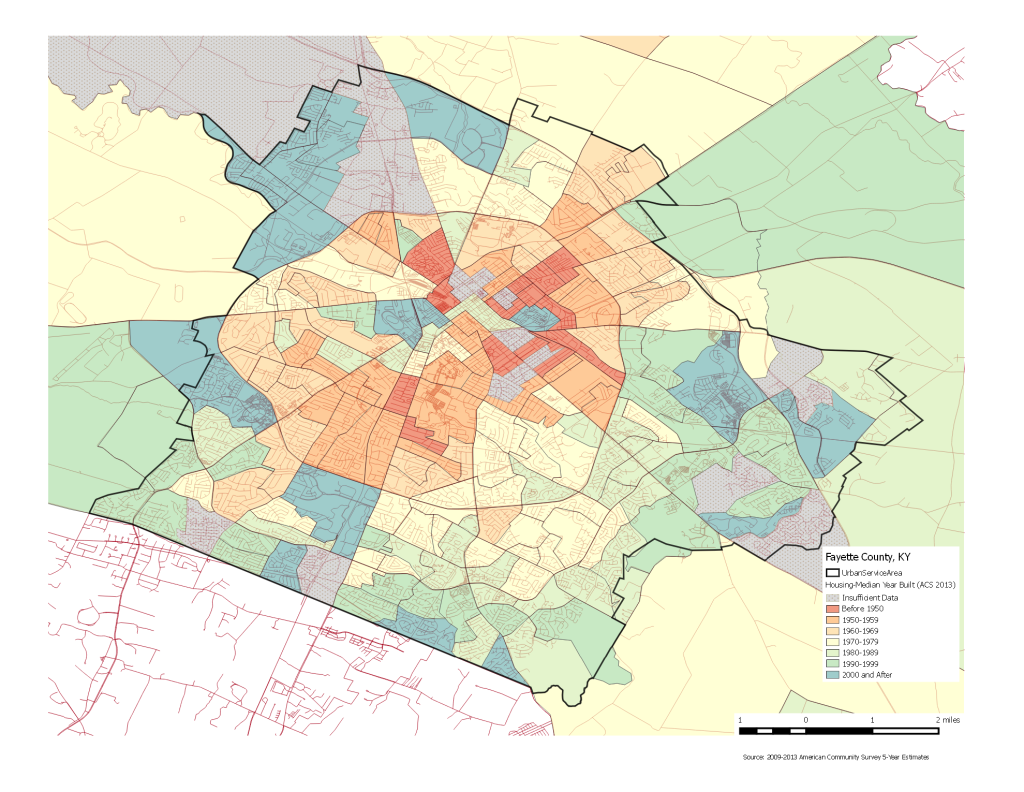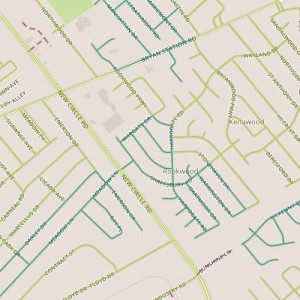 Day 86 brought me back to Rookwood, which I’ve visited twice before, on Day 45 and Day 7. Today’s walk was similar in a lot of ways to the one on Day 45, including the converted garages. Today’s walk did pass near an original house in the neighborhood, apparently much older than the 1950’s-vintage houses around it–its always neat to come across these houses.
Day 86 brought me back to Rookwood, which I’ve visited twice before, on Day 45 and Day 7. Today’s walk was similar in a lot of ways to the one on Day 45, including the converted garages. Today’s walk did pass near an original house in the neighborhood, apparently much older than the 1950’s-vintage houses around it–its always neat to come across these houses.
A couple of things struck me today. The first was that the streets here are over-engineered, with posted speed limits of 35mph that are probably faster than they need to be for starters, but which may well be exceeded regularly because the street “feels” faster than 35mph–there aren’t a lot of psychological barriers to going faster. The streets feel wide, and they are wide at 36 feet. Few parked cars and few streets in the treelawn area contribute to the wide-open feeling here. The speed at which cars are traveling and lack of barriers doesn’t just make these streets feel (incrementally) less safe to walk along, it also makes parking on the street feel kind of risky.
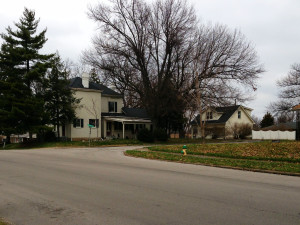
The second thing I noticed is that there were relatively few signs of young kids in this neighborhood. There may be good reasons for this and of course subjective observations are susceptible to all sorts of errors, but it seems worth mentioning, especially in light of the traffic speed observations.
